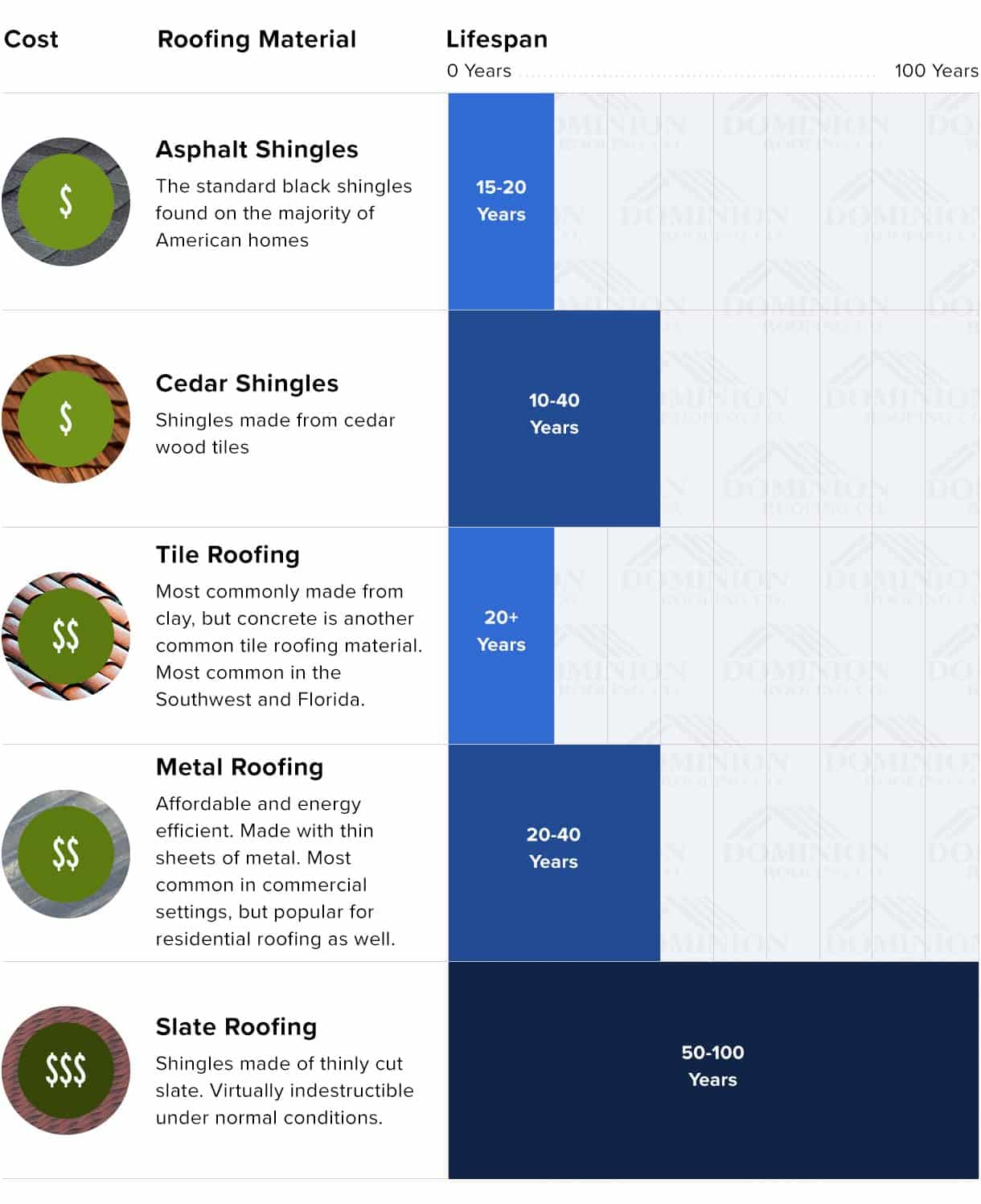Neglecting Roof Covering Ventilation Can Lead To Expensive Damages; Discover The Key Elements That Guarantee A Successful Setup And Guard Your Investment
Neglecting Roof Covering Ventilation Can Lead To Expensive Damages; Discover The Key Elements That Guarantee A Successful Setup And Guard Your Investment
Blog Article
Composed By-Morrow copyright
When you're tackling a roof covering project, you could not believe much regarding roofing ventilation, yet it's more important than you recognize. Efficient ventilation aids control temperature level and moisture in your attic, protecting against issues like mold and mildew and architectural damage. By comprehending just how to create and set up a balanced air flow system, you can boost power effectiveness and extend the life-span of your roof covering products. So, what are the essential variables to consider throughout installment that can make all the difference?
Significance of Roof Covering Ventilation
Roofing ventilation plays an important role in preserving the overall wellness of your home. By allowing fresh air to circulate via your attic, it helps regulate temperature and moisture degrees. This equilibrium is important to avoid warmth buildup during warm months, which can bring about enhanced energy prices as your air conditioning works overtime.
In addition, proper ventilation significantly reduces the threat of moisture-related issues like mold and mildew and mold. If humidity degrees increase, your home's architectural honesty can be jeopardized, bring about costly repairs. You would not want to take care of rotting timber or deformed roof covering products, right?
Additionally, appropriate ventilation extends the life-span of your roof. When heat and moisture are kept in check, your roofing can perform optimally, avoiding premature deterioration. https://roofrepairemergency95062.blogrenanda.com/38583641/keep-pricey-repair-services-away-with-routine-roofing-upkeep-learn-about-essential-practices-that-can-fortify-your-home-in-ways-you-may-not-have-actually-considered implies fewer migraines and expenditures down the line.
How Roof Covering Ventilation Functions
Efficient roofing system air flow depends on the all-natural activity of air to create a balance in between intake and exhaust. When you install vents, you're essentially permitting fresh air to enter your attic while making it possible for warm, stagnant air to get away. This procedure aids control temperature level and dampness levels, avoiding concerns like mold growth and roof damages.
Intake vents, typically found at the eaves, draw in great air from outdoors. Meanwhile, exhaust vents, situated near the ridge of the roof covering, let hot air rise and exit. The difference in temperature level creates a natural airflow, called the pile impact. As cozy air increases, it develops a vacuum cleaner that draws in cooler air from the reduced vents.
To maximize this system, you need to guarantee that the intake and exhaust vents are effectively sized and positioned. If the consumption is limited, you will not accomplish the preferred air flow.
Also, insufficient exhaust can catch heat and wetness, leading to potential damages.
Trick Setup Factors To Consider
When installing roof covering ventilation, a number of key considerations can make or break your system's effectiveness. Initially, you need to examine your roofing's style. The pitch, form, and materials all influence airflow and ventilation option. Make certain to pick vents that suit your roof covering kind and local environment problems.
Next, think about the placement of your vents. Ideally, you'll want a well balanced system with intake and exhaust vents placed for ideal airflow. Location intake vents low on the roof covering and exhaust vents near the peak to urge an all-natural circulation of air. This setup helps avoid dampness buildup and promotes energy efficiency.
Don't ignore insulation. Correct insulation in your attic prevents warm from escaping and maintains your home comfortable. Make certain that insulation doesn't obstruct your vents, as this can prevent airflow.
Lastly, think of roof installation . Choose ventilation systems that are easy to gain access to for cleaning and inspection. Normal maintenance ensures your system continues to operate successfully over time.
Conclusion
In conclusion, roofing ventilation is important for a successful installment. By making sure appropriate air movement, you can protect against heat buildup and wetness concerns that cause expensive damage. When you purposefully placement intake and exhaust vents, you enhance energy effectiveness and extend the life expectancy of your roof covering. Bear in mind, a well-ventilated roofing system not only secures your financial investment however likewise boosts your indoor air top quality. So, focus on ventilation to make certain a durable and affordable roof for your home.
